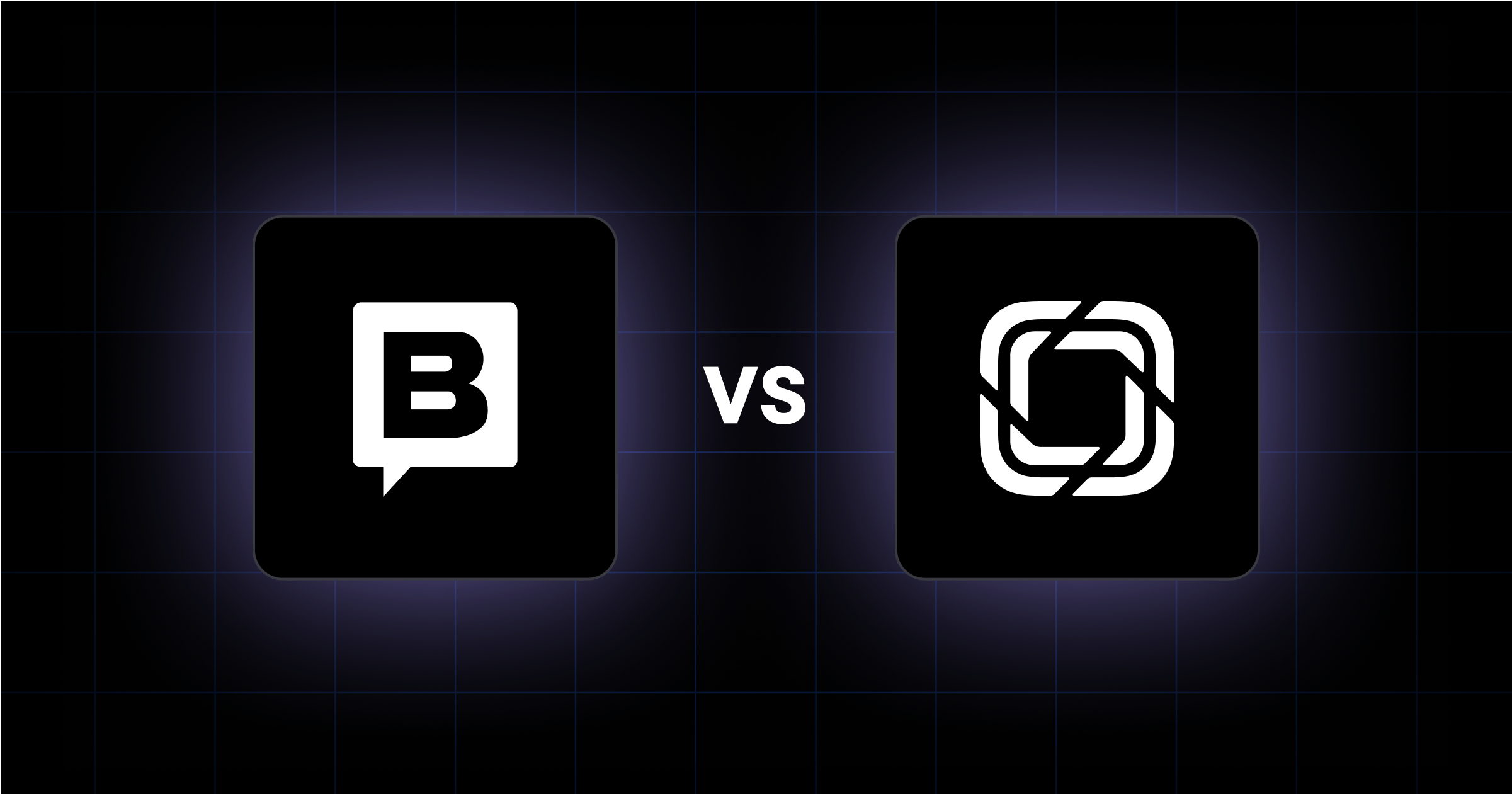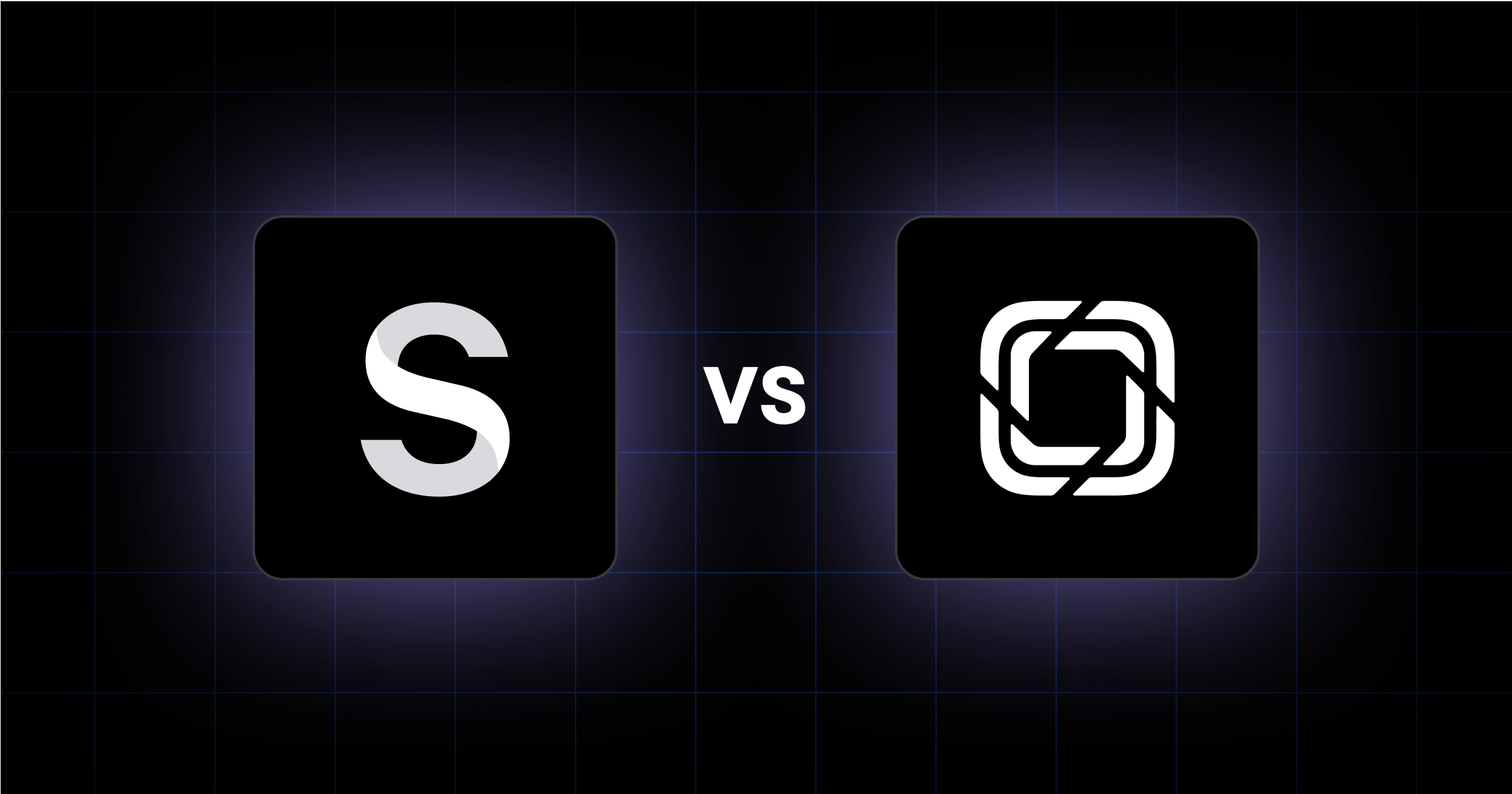Web strategists and digital leaders know that many web projects derail because key voices are overlooked. Website stakeholders—those with a real stake in the outcome of your site—can make or break your project if you don’t engage them. We're talking about project managers, developers, executives, end users, marketing teams, and more. When you involve website stakeholders early, you'll align goals faster and have a better chance of hitting your business objectives.
In brief:
- Involving website stakeholders early keeps web projects aligned with business goals.
- Understanding internal and external stakeholders helps tailor engagement strategies.
- Clear communication and stakeholder mapping prevent misalignment and project derailment.
- Recognizing common challenges improves stakeholder management and likelihood of project success.

2 Types of Website Stakeholders
Every web project involves website stakeholders who bring different levels of influence and motivation to the table. They usually fall into two camps: internal and external.
Internal Website Stakeholders
These are the folks inside your organization who steer the big decisions:
- Executives: They set the site's overall direction by handling budgets, approving resources, and making sure everything aligns with the company's goals.
- Marketing Teams: They shape the site's brand and messaging. Their insights tie the web design and functionality to the core business objectives.
- Developers: Whether frontend or backend, their technical skills make sure the site looks good and runs smoothly.
- UX Designers: They focus on making the site user-friendly and accessible, aiming for an intuitive experience from the first click to the final conversion. UX Designers use various design tools to do their job.
External Website Stakeholders
Let's not forget the outside players who hold key pieces of the puzzle:
- Customers: They want a site that's reliable, engaging, and easy to navigate. Their feedback can drive ongoing improvements.
- Vendors: They provide services or tools that are critical to your site. Think payment processors or integrated software vendors—they can shape how your site works.
- Regulatory Bodies: They require compliance with various standards and laws, like GDPR for data protection.
How to Engage Your Website Stakeholders
Your company probably has multiple projects running at the same time, which makes it tough to get website stakeholders to focus on your web design project. But without their support, things can get delayed, priorities can shift, and you might end up with a website that doesn’t fully meet business needs.
Here’s how to get (and keep) your stakeholders engaged.
Map the Stakeholders
Start by making a list of all potential website stakeholders and rank them based on their influence and interest. They might fall into:
- Low Interest, Low Influence: Send them basic updates—no need to overwhelm them.
- Low Interest, High Influence: Even if they're not deeply interested, their decisions can impact the project. Keep them informed to avoid surprises.
- High Interest, Low Influence: Communicate with them regularly and use their feedback to improve the project.
- High Interest, High Influence: These are your key website stakeholders. They need thorough, two-way communication to stay directly involved.
Communicate Regularly (But Efficiently)
Stakeholders lose interest when updates feel like extra work. Instead of bombarding them with long emails or unnecessary meetings, find ways to communicate efficiently:
- Match their style – Some people prefer a quick Slack message, others want a high-level email summary. Figure out what works best for each stakeholder.
- Use visuals – Instead of a wall of text, share screenshots, wireframes, or short demo videos (Loom is great for this). Seeing progress is more engaging than reading about it.
- Keep meetings minimal – When you do meet, make it count. Set an agenda, keep it short, and focus on decisions that require stakeholder input.
Set Expectations Early
One of the biggest frustrations in web projects is when people don’t know what’s expected of them. Set clear roles and responsibilities upfront:
- Who needs to approve designs?
- Who provides content?
- Who makes the final call on budget or technical choices?
Also, share a timeline with key milestones so stakeholders understand when their input is needed. This prevents last-minute surprises that can slow the project down.
Create a Feedback Loop
Instead of waiting for the final review phase (when changes are harder to make), build in smaller feedback checkpoints along the way:
- Ask for input on specific things, not just general “thoughts.” (e.g., “Does this layout work for your team’s needs?” instead of “What do you think?”)
- Use structured surveys or quick polls to gather feedback efficiently.
- When someone gives feedback, acknowledge it and show how it’s being used—or explain why it’s not being implemented.
Celebrate Progress
A website project can take months, and it’s easy for stakeholders to lose interest. To keep them engaged, recognize progress along the way. Share “before and after” snapshots to highlight improvements so they can see the impact of the work being done. Give a quick shoutout to teams or individuals who have contributed something major—it doesn’t have to be a big announcement, just a simple acknowledgment in a meeting or email can go a long way.
When you hit a big milestone, send a recap of what’s been accomplished. This keeps momentum going and reminds stakeholders that things are moving forward.
Address Concerns Proactively
Not all stakeholders will be on board with every decision, and that’s okay. The key is to anticipate concerns and address them early. If someone is worried about usability, show them data or examples that support your choices. If they feel the new design won’t work for their team, involve them early and find solutions together.
And if they’re pushing for something unrealistic, explain the trade-offs and help guide them toward a practical compromise.

Key Questions to Ask Website Stakeholders
Asking the right questions can uncover important details that guide your project from start to finish. The answers help you align the website with business goals, user needs, and technical requirements while avoiding surprises later in the process.
Business & Executive Stakeholders
- What are your main objectives for the site?
- How does this project fit into the organization's overall strategy?
- Which KPIs will define success?
- Who has the final say on project decisions?
- How do you prefer to receive updates?
- What budget constraints or considerations should we be aware of? Are there specific budget factors, such as CMS costs, that we need to consider?
- Are there any regulatory or compliance requirements we need to meet?
- What are the expected timelines and milestones for this project?
- Do you foresee any potential obstacles that could impact the project?
Marketing & UX Teams
- Who's the primary audience, and what are they expecting?
- How does the user experience align with broader brand goals?
- What metrics define positive engagement?
- Are there any specific content strategies or campaigns that the site needs to support?
- How should the site's design reflect the company's branding and visual identity?
- What user behaviors are you aiming to encourage on the site?
- How do you plan to measure and analyze user engagement post-launch?
- How can we leverage website personalization to improve user engagement?
Technical & Development Teams
- What technical requirements or constraints should we be aware of?
- Which tools and methodologies will you use to build and test?
- How will the site integrate with current systems and workflows?
- Are there any legacy systems or data we need to consider during integration?
- What security protocols need to be in place?
- How scalable does the solution need to be to accommodate future growth?
- What are the hosting and maintenance plans post-launch?
Customer & End-User Perspectives
- What problems do we need to solve to boost user satisfaction?
- Which site features are must-haves?
- Would you like to provide feedback or participate in User Acceptance Testing?
- What barriers have you experienced with our current site, and how can we improve?
- How important is mobile responsiveness to your experience?
- What type of content or resources would you find most valuable?
- How can we improve accessibility for all users?
What are Common Challenges in Website Stakeholder Management?
Managing website stakeholders isn’t always easy. With different priorities, expectations, and communication styles, things can quickly become complicated. But if you know the common pitfalls, you can avoid unnecessary headaches and keep your project on track.
Unclear Communication & Assumptions
When people aren’t on the same page, they fill in the gaps with their own assumptions—which can lead to confusion, conflicting feedback, and last-minute changes. Some stakeholders may think the website will work one way, while the team is building something completely different.
To avoid this, set clear communication guidelines from the start. Regular check-ins, documented decisions, and transparent updates help keep everyone aligned. A project can stall when design or content approvals are unclear, so make sure all feedback is tracked and confirmed before moving forward.
Neglecting Key Website Stakeholders
It’s easy to focus on the most vocal stakeholders, but overlooking others who have valuable input can cause major setbacks. Imagine launching a new website only to realize a department head—who was never consulted—needed a specific feature for their team. Now, you’re scrambling to make changes late in the process.
A thorough stakeholder analysis at the beginning will help you include all relevant voices. Even if some stakeholders don’t need regular updates, they should at least have an opportunity to weigh in at critical points.
Managing Scope Creep & Changing Requirements
As the project progresses, new ideas will inevitably come up. Some may be great additions, but if they’re introduced too late or without proper evaluation, they can throw off timelines, inflate costs, and overwhelm the team. Scope creep happens when small changes pile up, turning a manageable project into a never-ending one.
The key is setting boundaries early. Have a clear process for handling new requests—whether that means requiring formal approvals, assessing trade-offs, or saving non-urgent ideas for a future phase. This keeps the project focused while still allowing for smart, strategic changes when needed.
How to Balance Website Stakeholder Expectations
Balancing website stakeholder expectations requires honest conversations about budgets, timelines, and technical realities. Without alignment, projects can drift off course, leading to frustration, delays, or costly rework. A structured approach—using clear priorities, transparent decision-making, and consistent communication—can prevent these issues before they start.
One of the best ways to manage differing opinions is with a decision matrix, which helps evaluate options based on objective factors like cost, impact, and feasibility. For instance, if the marketing team pushes for a high-production video on the homepage while the product team insists on an interactive feature demo, comparing both ideas against key criteria can make the choice clearer. If the interactive demo offers more user engagement at a lower cost, the decision is easier to justify—and because the process is transparent, the marketing team is less likely to feel sidelined.
Having a clear project roadmap with documented deliverables also helps set boundaries from the start. If the sales team suddenly requests a customer portal that wasn’t included in the initial plan, referring back to the roadmap makes it easier to explain why it’s not feasible right now. Instead of outright rejecting the idea, the team can propose adding it to a future phase, showing that the request isn’t being ignored but simply scheduled at a more realistic time.
Scope creep is inevitable, but how you handle new requests makes all the difference. A senior executive asking for a new industry page two weeks before launch could derail the timeline unless expectations are managed correctly. A quick, transparent conversation about the impact—such as delaying the launch by a week unless another task is removed—allows the stakeholder to make an informed decision. In many cases, they may decide that the new page isn’t as urgent as they initially thought and agree to roll it out post-launch instead.
Align your website stakeholders for a successful project
A great website project starts with getting your stakeholders involved from day one. When people know their role and feel heard, things move forward without confusion or delays. Simple, regular updates keep everyone on track, and a clear plan helps you spot and solve problems before they slow you down.
If you’re planning a big change—like switching to a headless CMS—getting your team aligned early is key. To help you through it, we’ve put together a headless CMS implementation checklist. It’s a simple, step-by-step guide to make your transition smooth and stress-free.




